The Parlor Palm, whose Latin name is Chamaedorea elegans, has been cultivated as a houseplant for about 50 years. Worldwide, the plant is now part of the standard assortment of flower stores and in the trade, and among consumers there are numerous local names* in use for it.
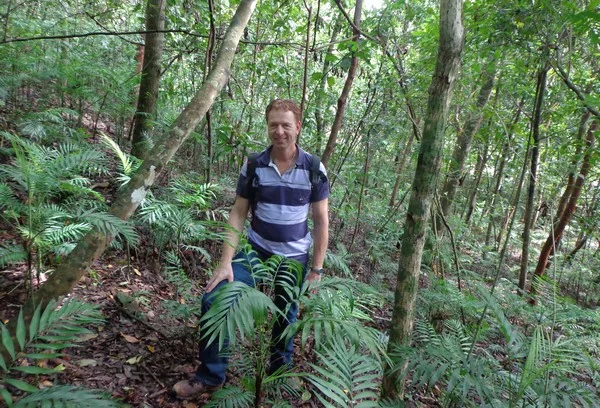
Arthur Spruit, in pre-COVID-19 times, looking for the best and finest in the Mexican jungle.
DeParlor Palm originates from Mexico. Mexico (and neigbouring countries Guatemala en Belize) is the only country where the plants are producing seeds. They can be found in the jungle.
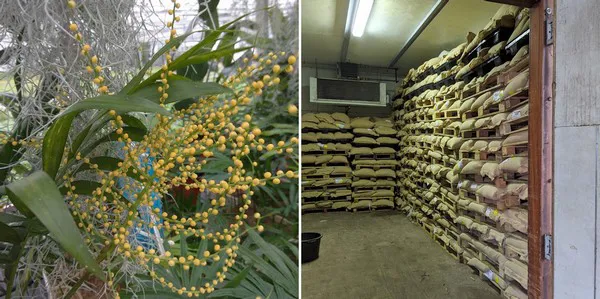
Left the flowers on the plants, richt the seeds in the cold storage.
For the bouquet industry, the palm leaf is harvested throughout the year. This is done by the local people, who take good care of the plants. In the fall the seeds are ripe, and then they are picked. The Mexican government has programs to stimulate this business. This is also called "Non Timber forrest products", which means that it generates sustainable income for the local population without cutting down the forest.
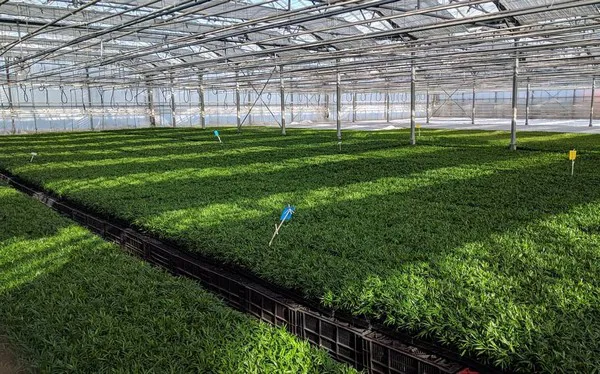 Production of the young plants in the greenhouse at Aardam
Production of the young plants in the greenhouse at Aardam
The plant has many uses and is produced and supplied in small and large pot sizes, in glass biotope, in arrangements and processed into 'moss balls'.
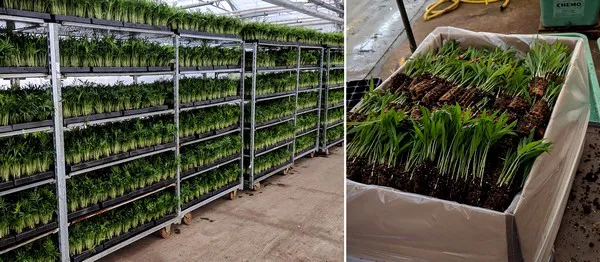 Ready for shipments to clients all over the world.
Ready for shipments to clients all over the world.
They are strong plants that require little light and care. They also fit in any interior, improve the indoor climate through evaporation and the plants have an air-purifying effect.
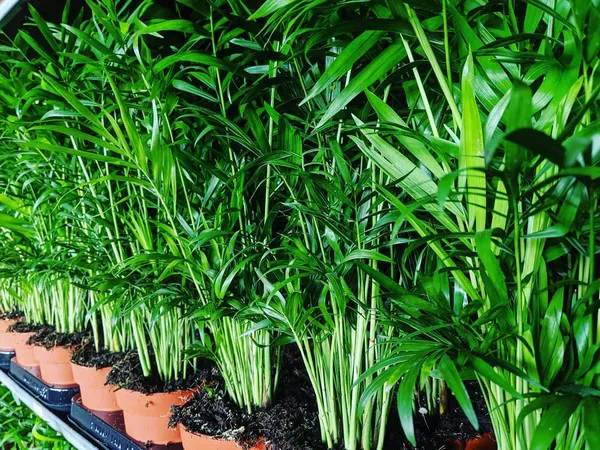
Final product
At Aardam the seeds, which are harvested in the autumn, are kept in the cold store so that new plants can be sown in the greenhouses every week. The young plants then find their way to nurseries all over the world, where they are grown into finished plants.
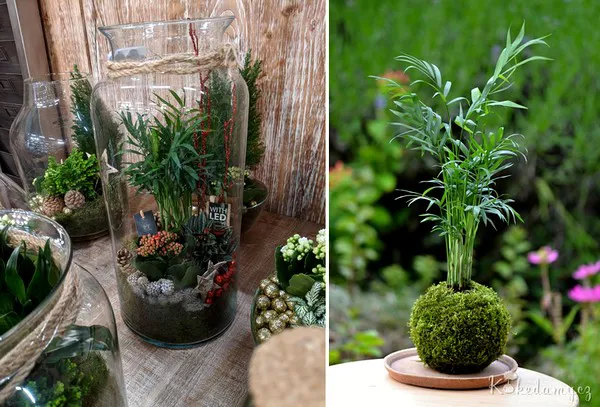
Final product+
"And so a seemingly 'simple' plant has many applications and is a valued product throughout the chain," concludes Arthur Spruit van Aardam, the propagator of the Parlor Palm, among others.
 Kwekerij Aardam Planten B.V.
Kwekerij Aardam Planten B.V.Oostkanaalweg 5b
2445 BA Aarlanderveen
T: +31 (0) 172-473841
E: info@aardam.nl
www.aardam.nl
*Some examples: Mexicaanse dwergpalm , Parlour Palm, Neanthe Bella palm, Mexicaanse dwerg palm, Xiu zhen ye zi, Collinia elegans, Kamerpalm, Areca-elegante, Bergpalm, Chamaedorea deppeana, Chamaedorea elegans Mart., Chamaedorea elegans var. angustifolia, Chamaedorea helleriana, Chamaedorea humilis, Chamaedorea pulchella, Collinia deppeana, Collinia elegans, Collinia elegans var. angustifolia, Collinia humilis, Good-luck palm, Kunthia deppii, Mexikanische Bergpalme, Neanthe bella, Neanthe elegans, Neanthe neesiana, Nunnezharia elegans, Nunnezharia humilis, Nunnezharia pulchella, Pacaya, Palmeira-bambú, Zierliche Bergpalme, Palm, Bergpalme, Chamedorea eregansu, Khamedoreia iziashchnaia, Pacaya, ה עדינה, チヤメドレァ, テブルヤシ,ヒメテブルヤシ, Camedórea-elegante,неанта красивая, Palmera de salón, Palma nana, хамедорея изящная.
